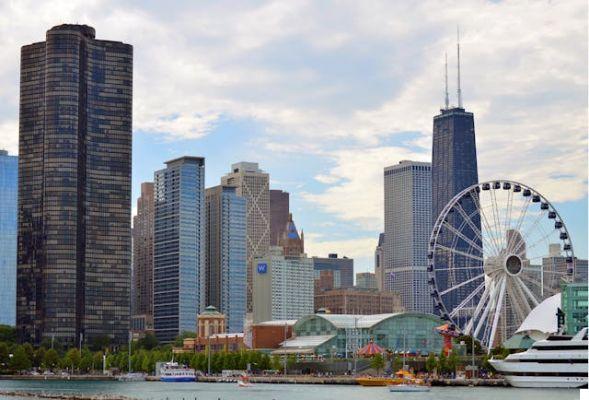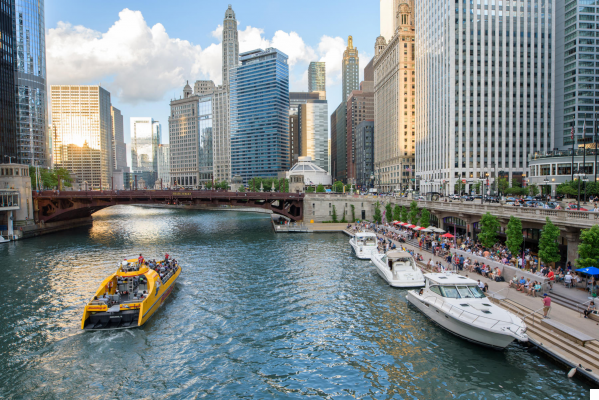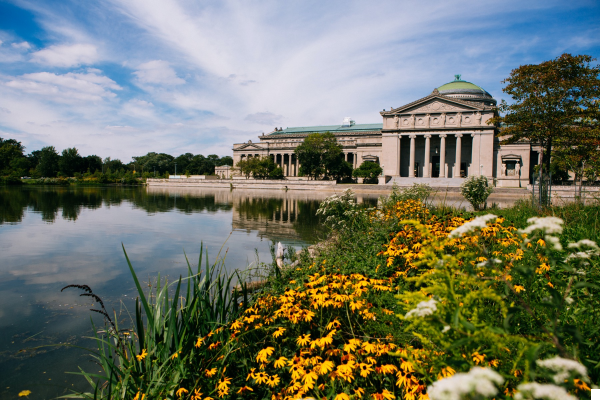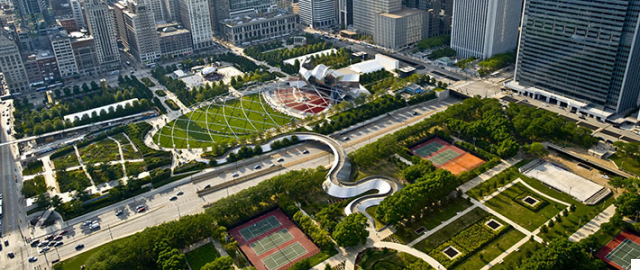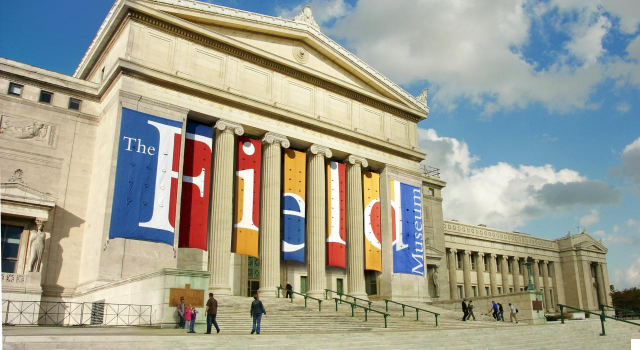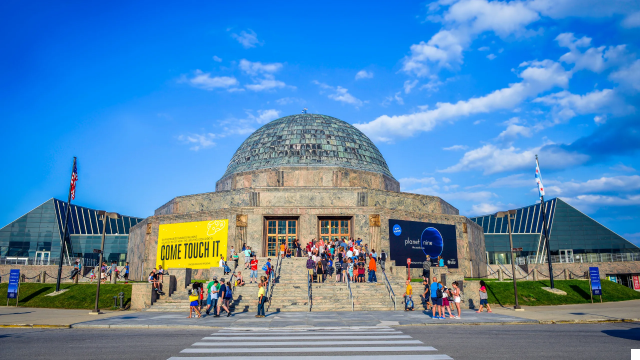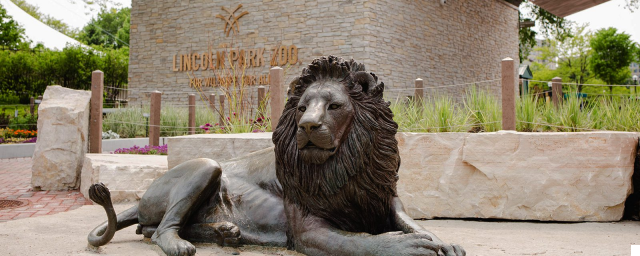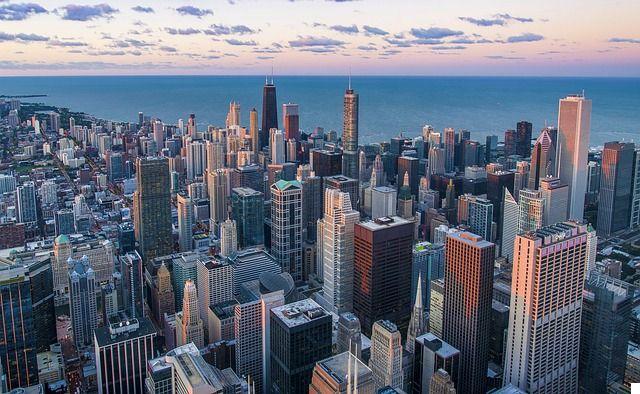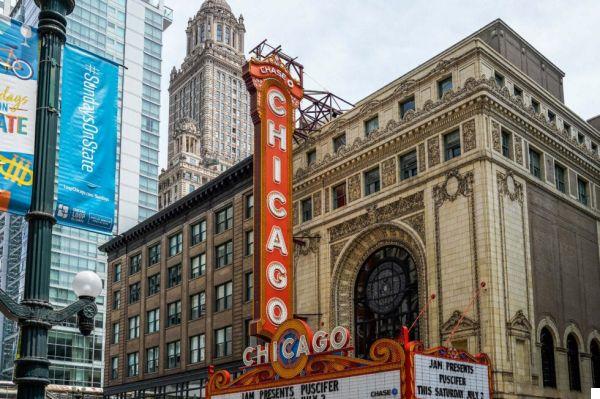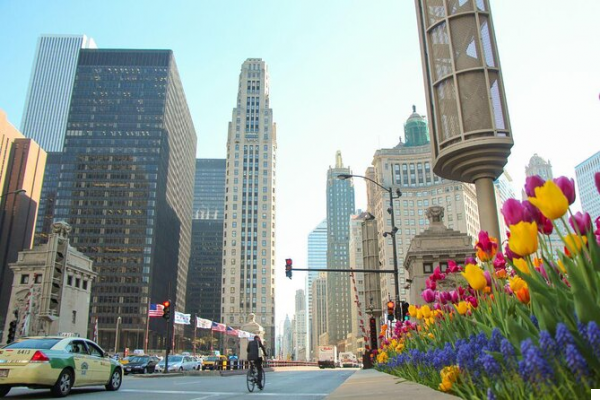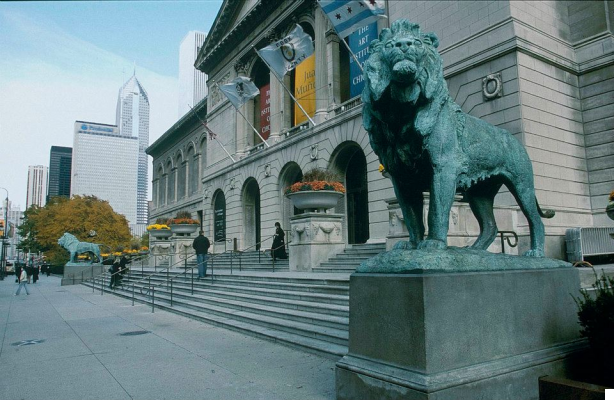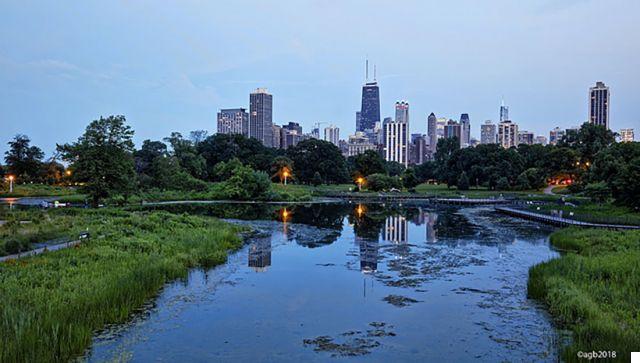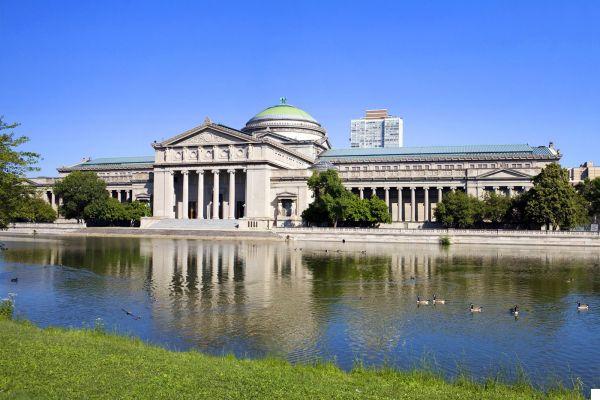
Living History: Landmarks and Historic Sites of Chicago
Chicago is a city rich in history, with hidden details and stories scattered throughout its streets. From remnants of the Great Chicago Fire to iconic landmarks from the World's Columbian Exposition, there are countless opportunities to experience the city's past up close. In this article, we will explore some of the most fascinating landmarks and historic sites in Chicago, delving into their historical context, analyzing their significance, and discussing their future implications.
Conclusions
Chicago's history is not confined to museums; it is woven into the fabric of the city itself. By exploring the streets and neighborhoods, visitors can uncover intriguing remnants of the past. One such example is the St. James Cathedral, which incorporates the bell tower of the original 1834 church that survived the Great Chicago Fire. Another hidden gem is the Kwanusila Totem Pole, a replica of a Native American totem pole from the World's Fair. The Pullman neighborhood, designated a National Monument, offers a glimpse into the city's industrial history. The Astor Street Alley, with its restored wooden blocks, takes us back to a time before the Great Fire. Margie's Candies, a family-owned candy shop, allows us to taste the sugary history of Chicago. Finally, the Chicago History Museum and the Palace of the Fine Arts provide insights into the city's role in the World's Columbian Exposition. These landmarks and sites offer a unique perspective on Chicago's past and are worth exploring to gain a deeper understanding of the city's history.
Historical Context and Evolution
Chicago's history is a tapestry woven by various events and influences. The city's name itself, Chekagou, is derived from an Algonquin word meaning onion field, reflecting its Native American roots. The Native American presence in the Chicagoland area laid the foundation for the city's development. The World's Columbian Exposition in 1893 showcased Chicago's innovations and architectural grandeur, leaving a lasting impact on the city's identity. The Pullman neighborhood, planned by George Pullman in the 1880s, exemplifies the city's industrial history and urban design. These historical contexts provide a backdrop for the landmarks and sites that we will explore.
Analytical Insights
Examining the data related to Chicago's landmarks and historic sites reveals interesting trends and comparisons. The St. James Cathedral stands as a testament to the resilience of Chicago's architecture, incorporating the surviving bell tower into its present structure. The Kwanusila Totem Pole, a replica of a Native American monument, showcases the city's multicultural heritage. The Pullman neighborhood, designated a National Monument, highlights the significance of urban planning and labor history. The Astor Street Alley, with its restored wooden blocks, offers a glimpse into the city's pre-fire streetscape. Margie's Candies, as one of the oldest family-owned candy shops, represents the city's sweet legacy. The Chicago History Museum and the Palace of the Fine Arts provide insights into the city's role in the World's Columbian Exposition. These analytical insights deepen our understanding of the landmarks and sites, revealing their historical and cultural significance.
Future Outlook
The landmarks and historic sites of Chicago hold immense potential for the future. Preservation efforts and recognition, such as the designation of the Pullman neighborhood as a National Monument, ensure the continued appreciation of Chicago's history. These sites can serve as educational resources, allowing future generations to learn about the city's past. Additionally, they contribute to the city's tourism industry, attracting visitors from around the world. As Chicago evolves, it is crucial to maintain and protect these landmarks, ensuring that they remain integral to the city's identity and continue to inspire and educate future generations.
In conclusion, Chicago's landmarks and historic sites offer a captivating journey through the city's past. From the surviving bell tower of the St. James Cathedral to the replica Kwanusila Totem Pole, each site provides a unique glimpse into Chicago's history. The Pullman neighborhood, Astor Street Alley, Margie's Candies, and the Chicago History Museum with the Palace of the Fine Arts further enrich our understanding of the city's heritage. As we explore these sites, we gain a deeper appreciation for Chicago's rich and diverse history. By preserving and celebrating these landmarks, we ensure that future generations can continue to experience the living history of Chicago.






